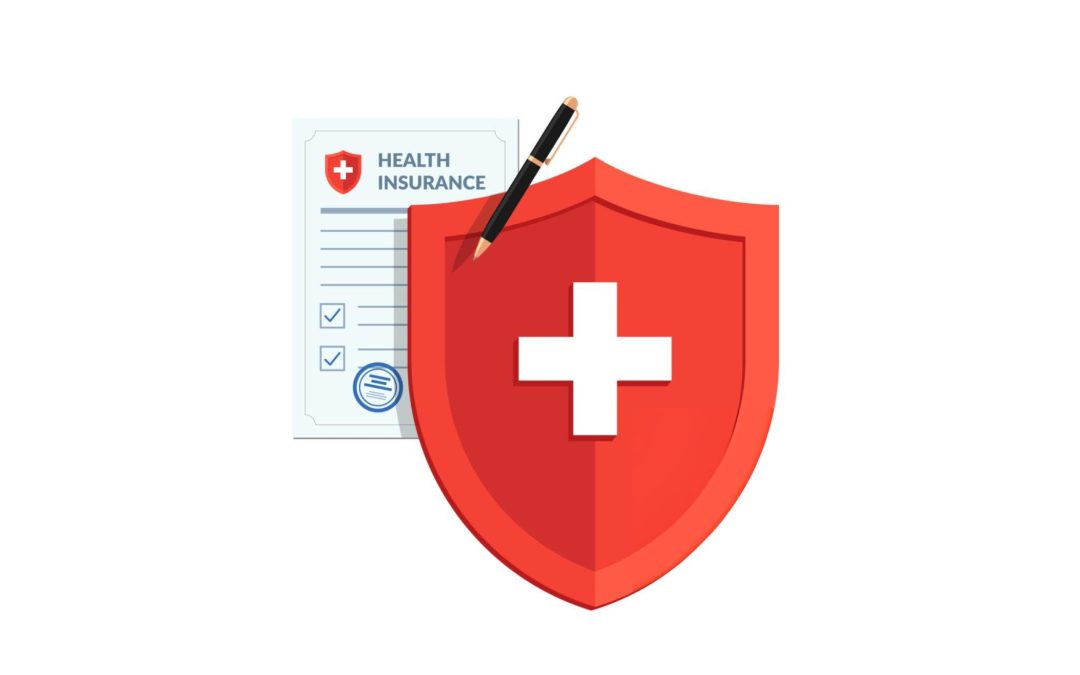Medical expenses, especially surgery costs, can be overwhelming. However, Third-Party Administrators (TPAs) and Government Health Schemes play a crucial role in easing this financial burden. Whether you’re covered under insurance or seeking government assistance, these options can significantly reduce out-of-pocket expenses for surgical treatments.
Understanding TPA in Health Insurance
A Third-Party Administrator (TPA) is an intermediary between policyholders and insurance companies. It helps process claims, ensures smooth hospital transactions, and manages cashless treatments. Here’s how TPAs assist in surgeries:
- Cashless Hospitalization – If your insurance policy covers the required surgery, TPAs ensure that the procedure is cashless at network hospitals.
- Hassle-Free Documentation – TPAs handle paperwork and approvals, reducing stress for patients.
- Quick Claim Settlements – They verify medical documents and process reimbursement claims efficiently.
- 24/7 Assistance – Many TPAs offer round-the-clock support to guide patients through the claims process.

How Government Schemes Support Surgery Costs
India has several government health schemes designed to make medical care, including surgeries, more affordable. Some of the key programs include:
1. Ayushman Bharat Pradhan Mantri Jan Arogya Yojana (PM-JAY)
- Provides free treatment up to ₹5 lakhs per family per year for secondary and tertiary care, including major surgeries.
- Covers pre and post-hospitalization expenses in empaneled hospitals.
2. Rashtriya Swasthya Bima Yojana (RSBY)
- Covers low-income families for medical expenses, including surgeries, up to ₹30,000 per year.
- Includes cashless treatment in government and private hospitals.
3. Chief Minister’s Relief Fund (CMRF)
- Many state governments provide financial aid for expensive surgeries through CMRF.
- Patients can apply through local authorities for assistance.
4. Employee State Insurance Scheme (ESIS)
- Offers surgical benefits to employees earning below a certain income limit.
- Covers hospitalization, surgeries, and post-operative care.
How to Avail Benefits for Surgery?
- Check Your Eligibility – Verify whether your insurance policy or government scheme covers the required surgery.
- Choose an Empaneled Hospital – For cashless treatment, ensure that the hospital is listed under your insurance or government scheme.
- Submit Required Documents – For TPA claims, provide a policy copy, ID proof, medical records, and hospital bills. For government schemes, submit income proof, Aadhaar card, and other required documents.
- Get Pre-Authorization – TPAs and government health agencies require pre-approval for cashless treatments. Start the process early to avoid delays.
- Claim Reimbursement (if applicable) – If you pay upfront, you can file for reimbursement by submitting original bills and documents.
Conclusion
Both TPAs and government health schemes play a vital role in making surgeries more affordable. While TPAs streamline the insurance process, government programs provide financial support to those in need. Understanding these options can help patients access quality healthcare without excessive financial strain. If you’re planning a surgery, explore these benefits and ensure a stress-free treatment experience.
Would you like any modifications or additional details on a specific scheme?

